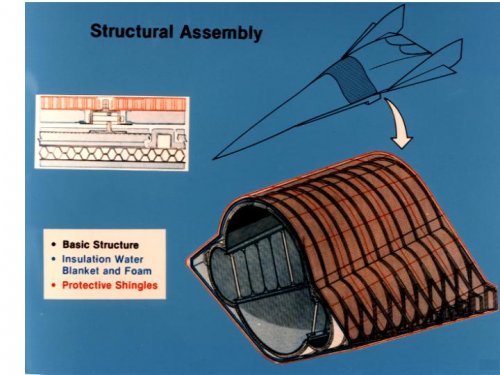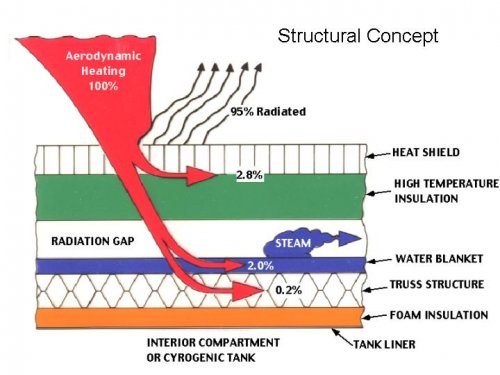LowObservable said:
One question about Isinglass still puzzles me: The engine seems huge for an air-launched vehicle. Mulready's book gives a loaded weight of 132,000 pounds, but that seems pretty massive even for a B-52, particularly asymmetrically carried, and still won't allow a lot of burn time on a 250K engine. And if you're launching at altitude, why do you need the two-position nozzle?
Is it possible that an early version of Isinglass was smaller and air-launched, but that it was ground-launched by the time the development work was under way?
So I have a few moments to do this.
Looks interesting !
Looking at BlackStar's .pdf from earlier (very quickly). Fig 29 says at altitude Isp is 440 secs at 30K-200K ft.
(booster config - think that is the two position nozzle config - not sure though - haven't read the whole thing yet - Thanks BlackStar!)
g = 32 ft/sec**2
Mf = Mass fully fuelled is 132,000 lbs (given from Mulready)
Me = Mass empty (structure, wings, electronics, dudes flying it, landing gear, etc) 40,000 lbs (just guessing).
DeltaV = Isp (secs) * g (ft/sec**2) * ln(Mf/Me) = DeltaV ft/sec
DeltaV = 440 secs * 32 ft/sec**2 * ln(132000/40000) = 16,810 ft/sec
Approx Mach 16.8
NotMach 22.We have to go lower for Me.
So what empty weight gives around Mach 22?
That would be around 27,650 lbs as:
DeltaV = 440 secs * 32 ft/sec**2 * ln(132000/27650) = 22,000 ft/sec= Approx Mach 22
So say you launch at 30,000 ft from B-52.
I think that this vehicle could add some lift (due to its lifting surface) and the rocket could
also potentially be burned if the B-52 could carry that extra fuel (they looked at this for the
M/D-21 as well). May burn the B-52's tail off though -

So you could go from essentially standstill (B-52's speed) to Mach 22 with the above Isp and
Mass Ratio according to the Ideal Rocket Equation (just a back of the envelope calc.)











